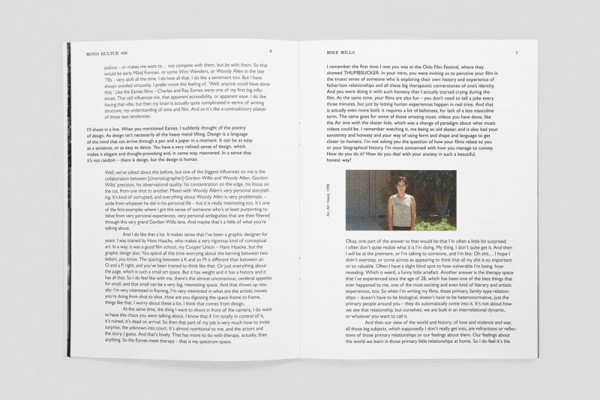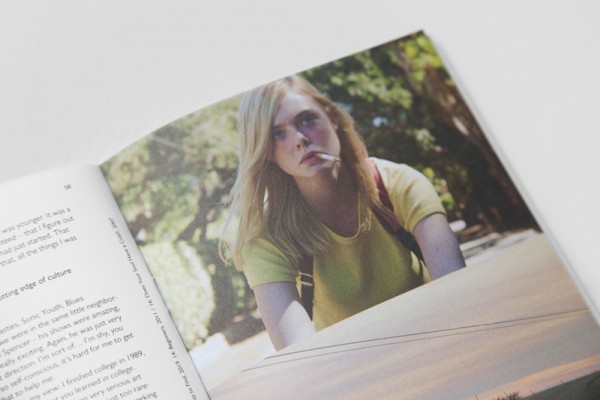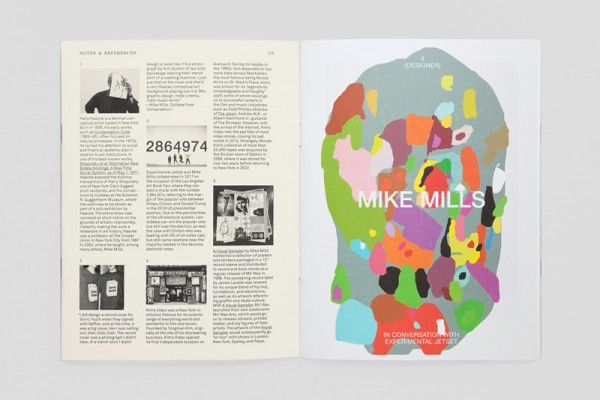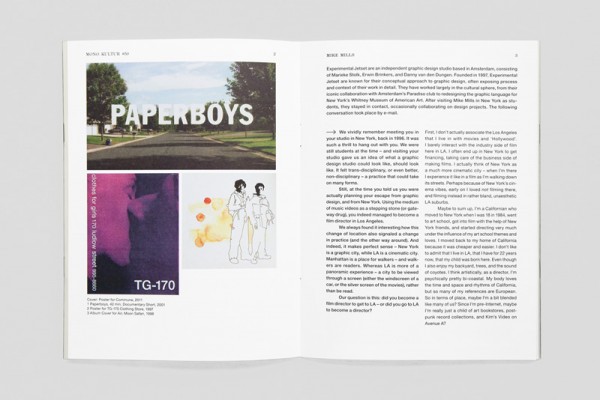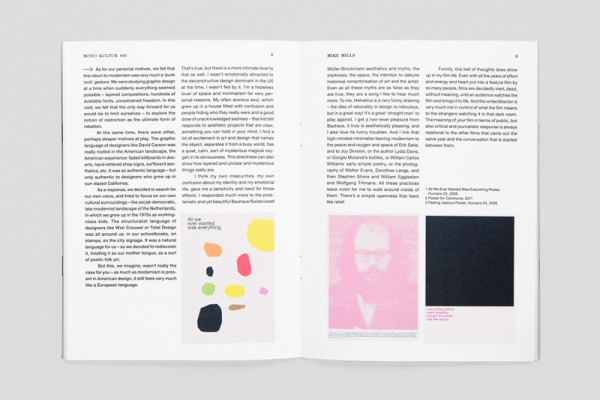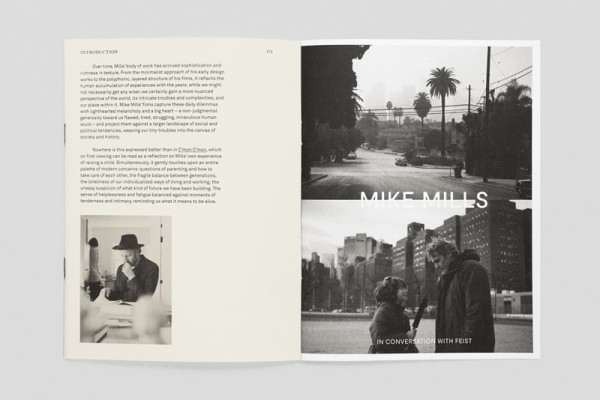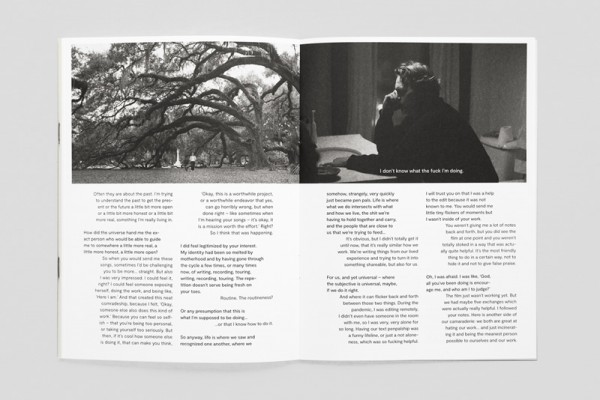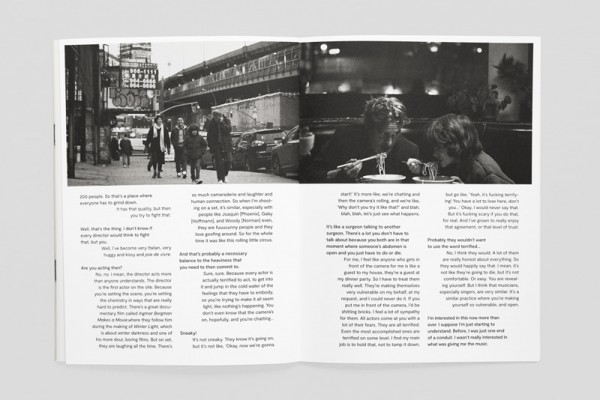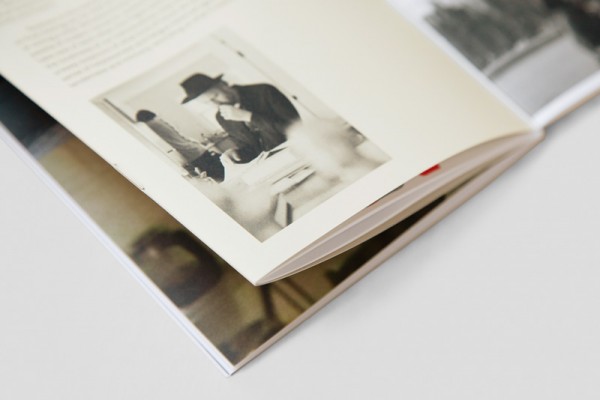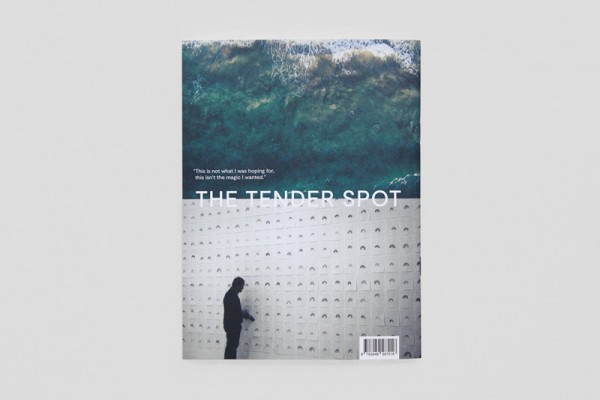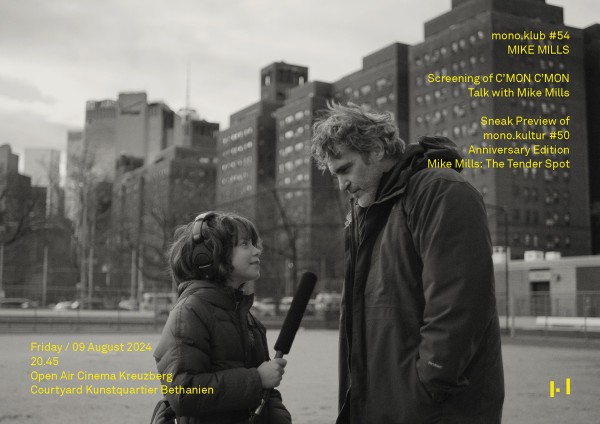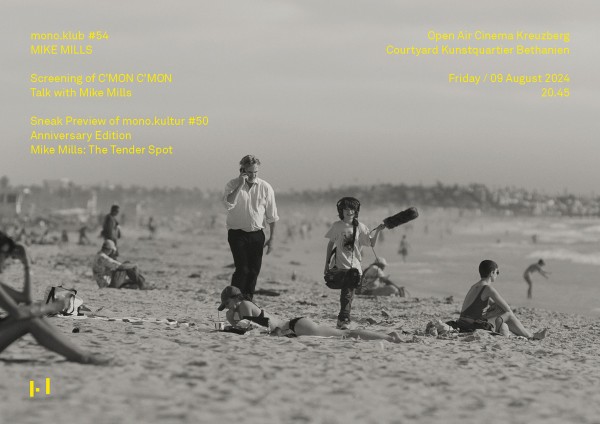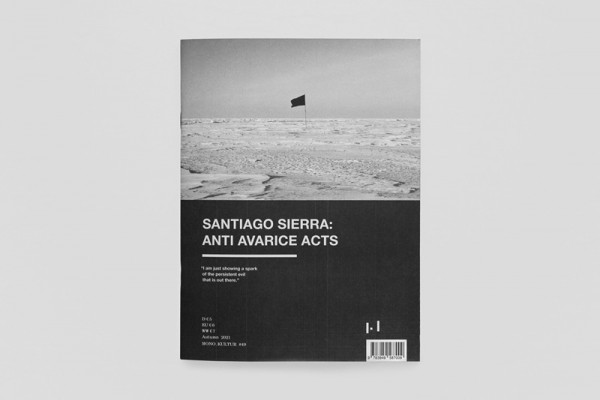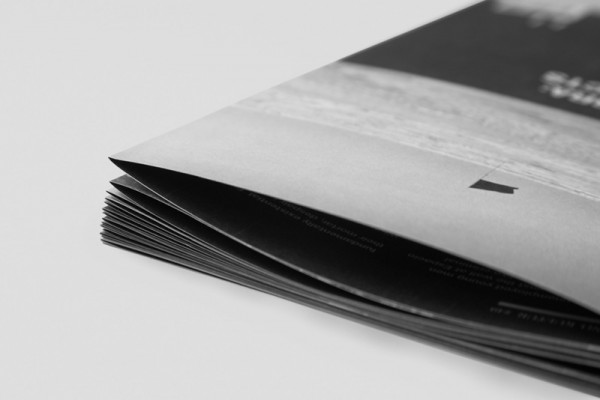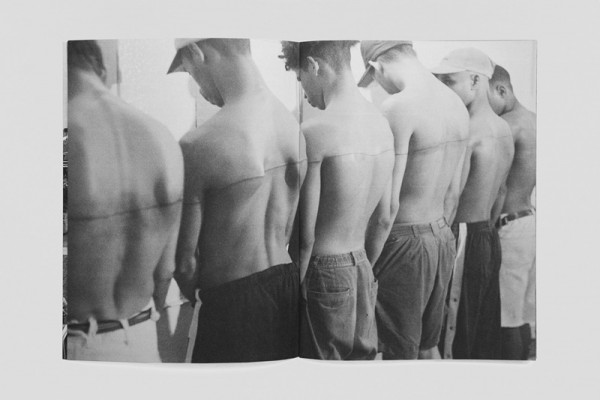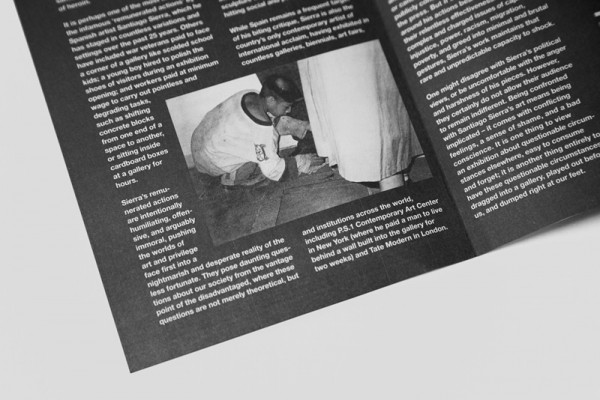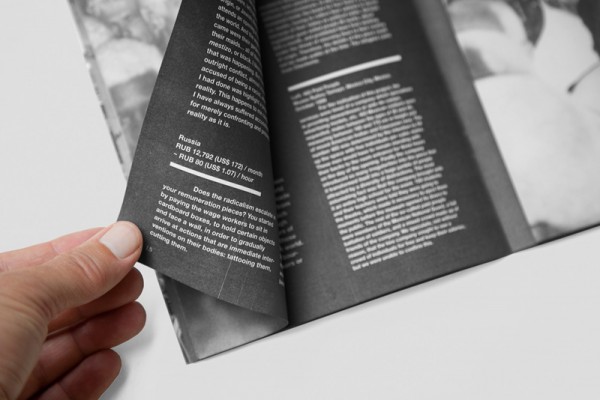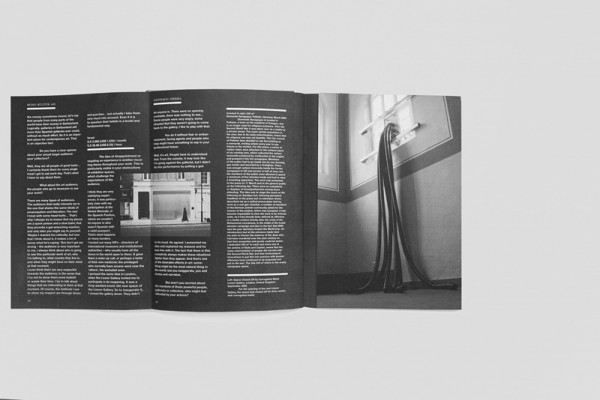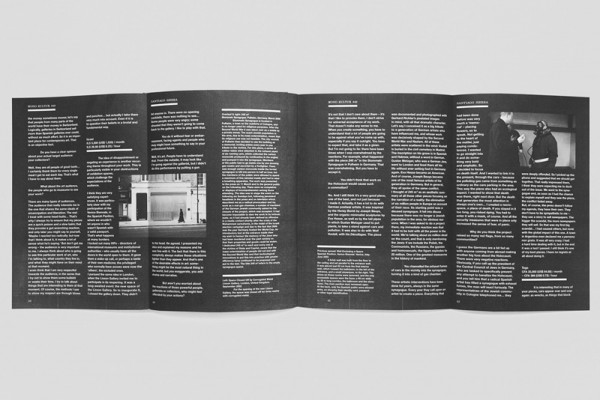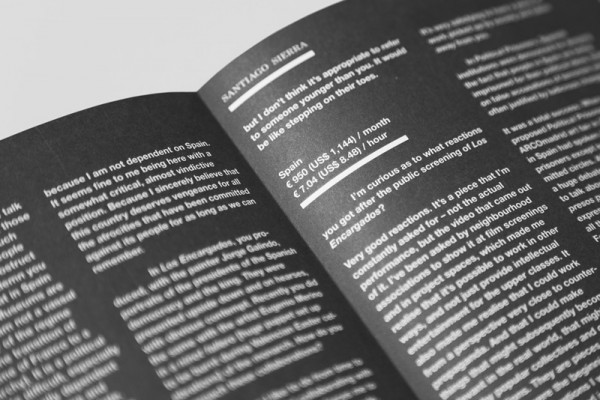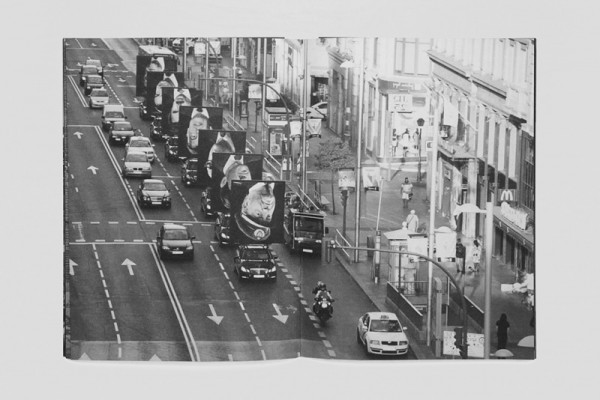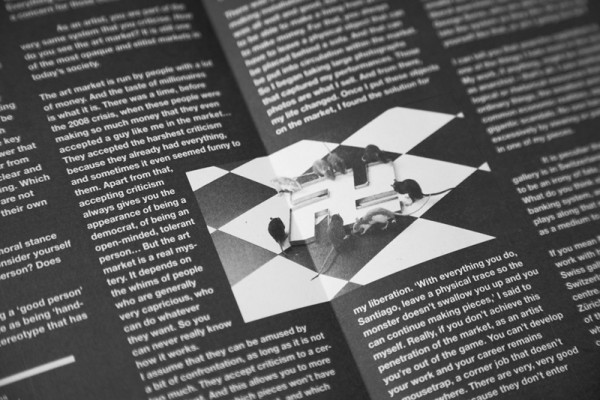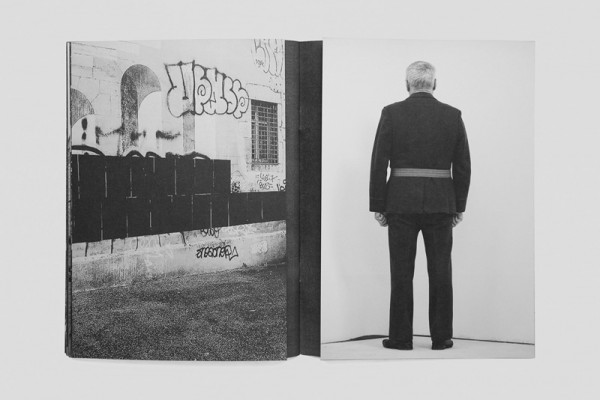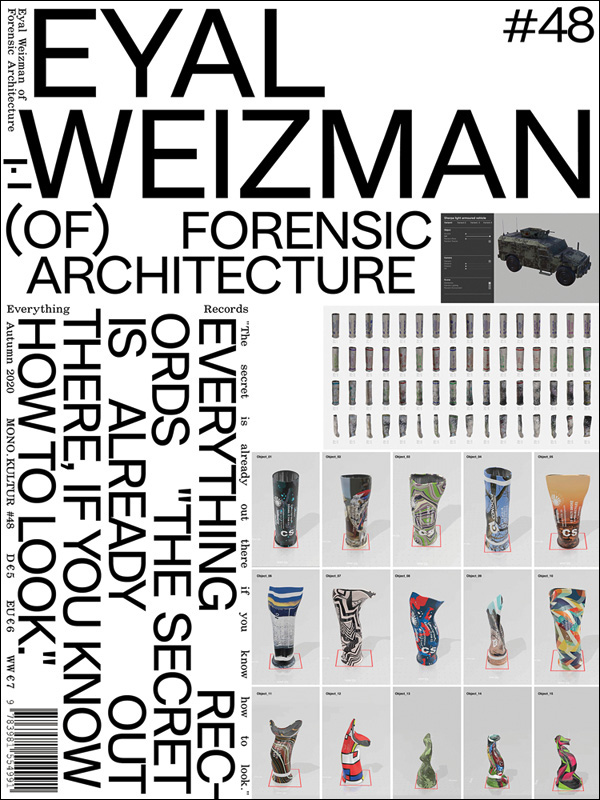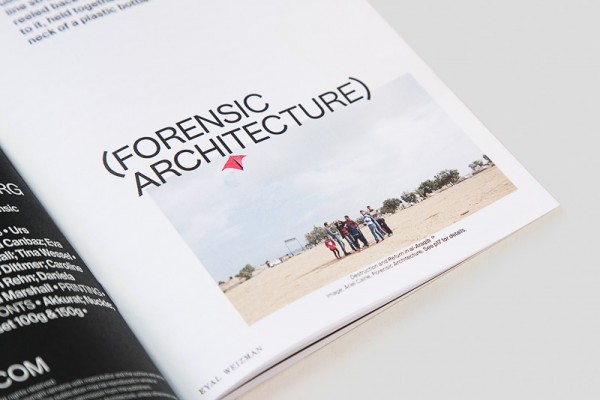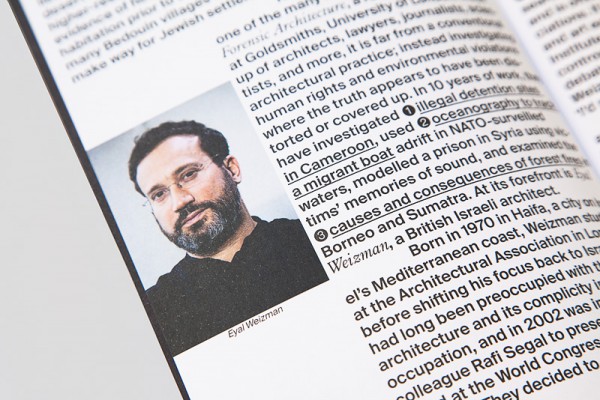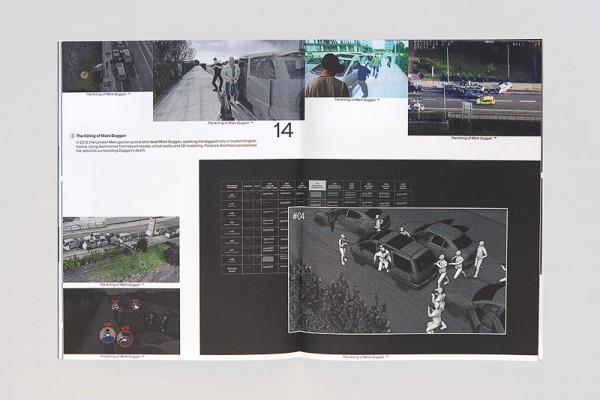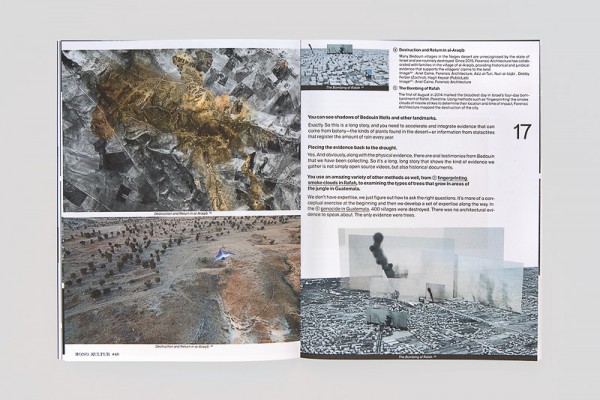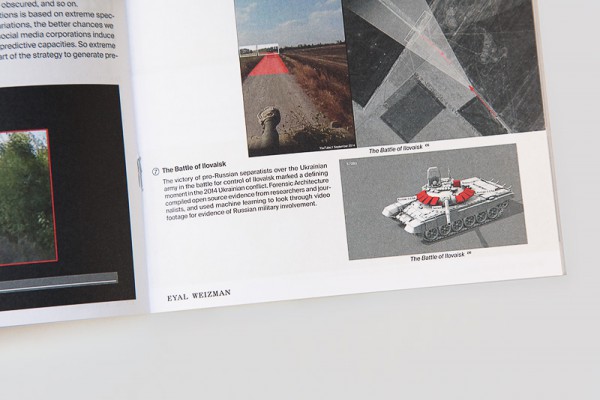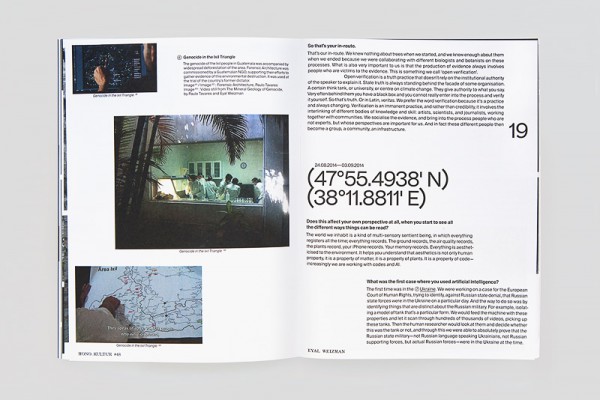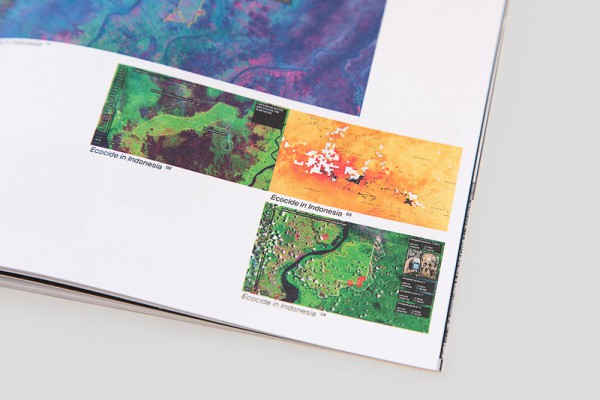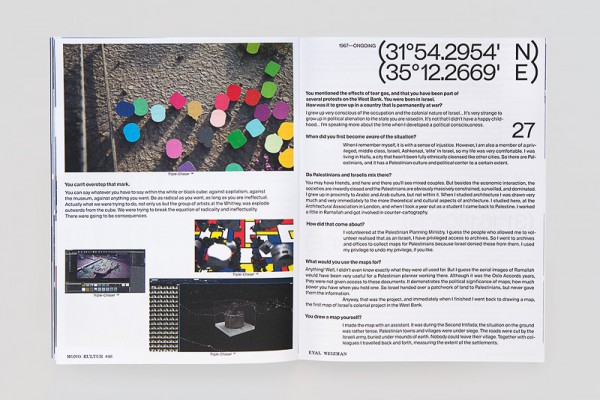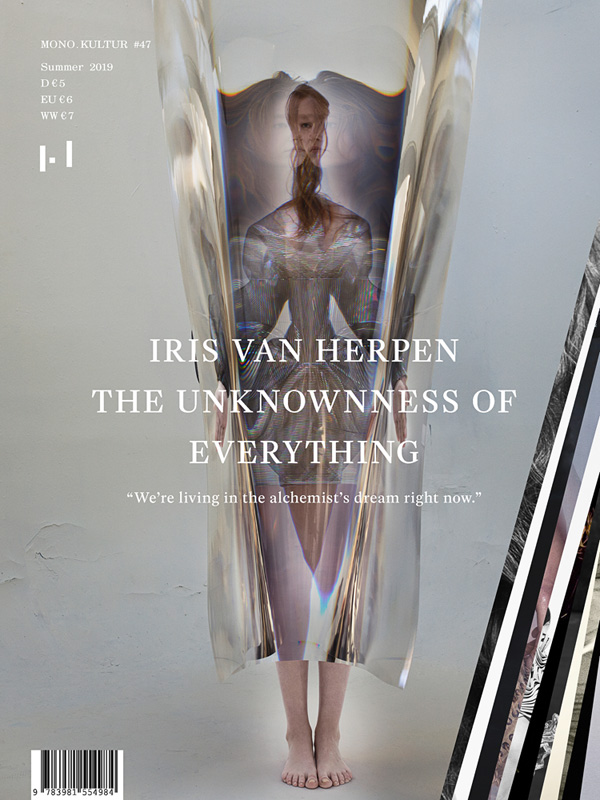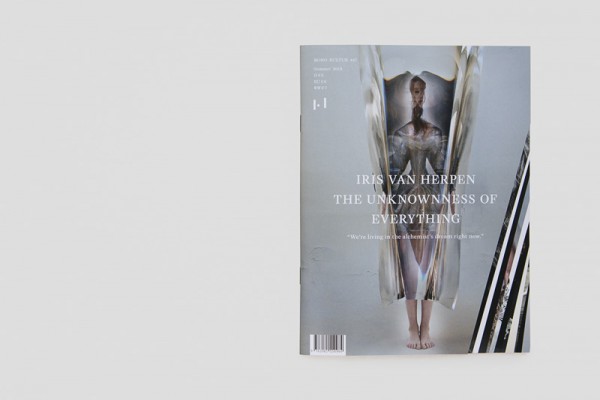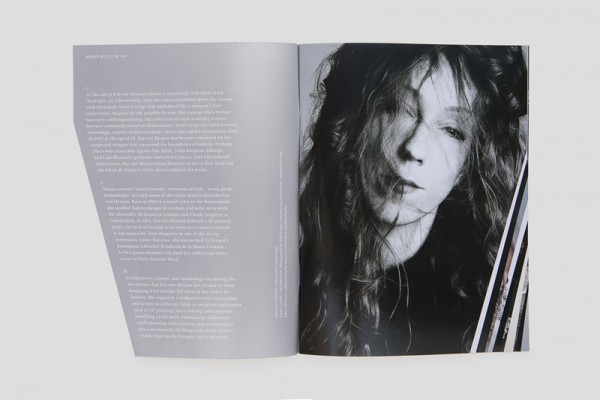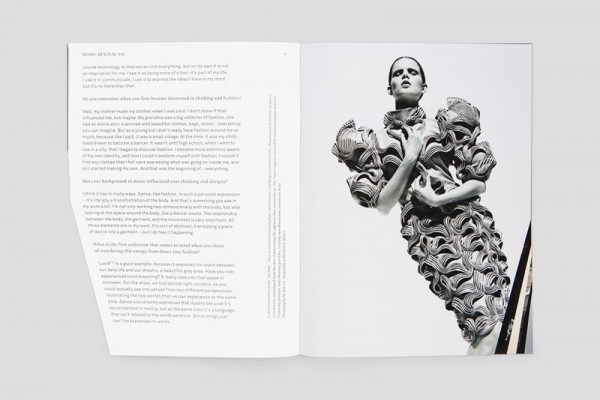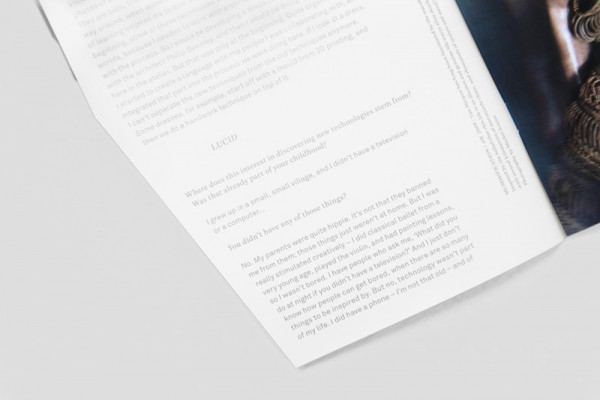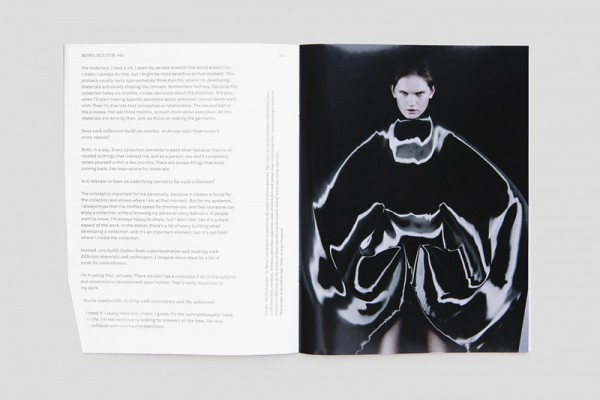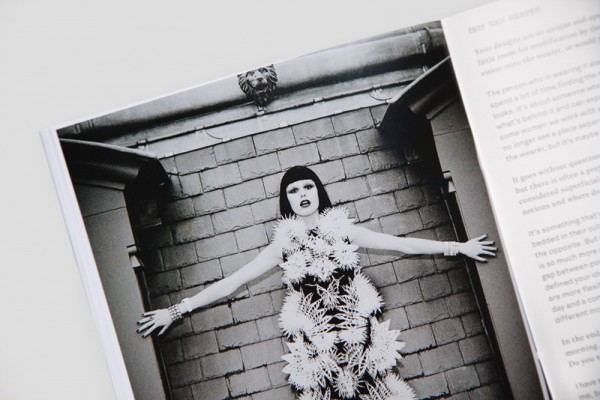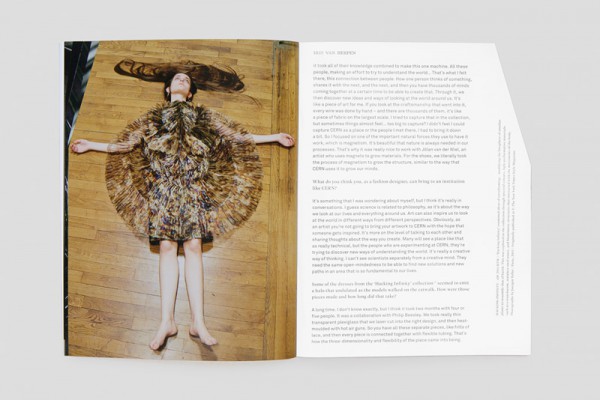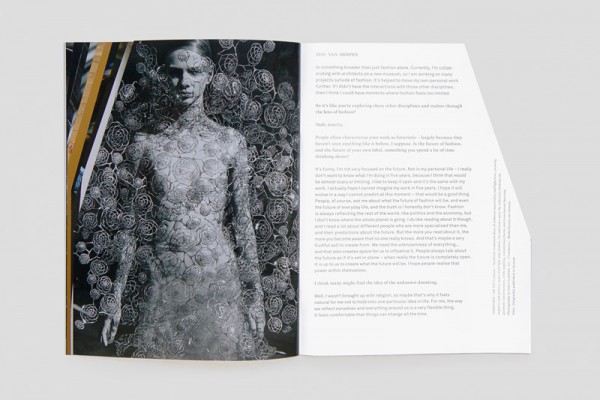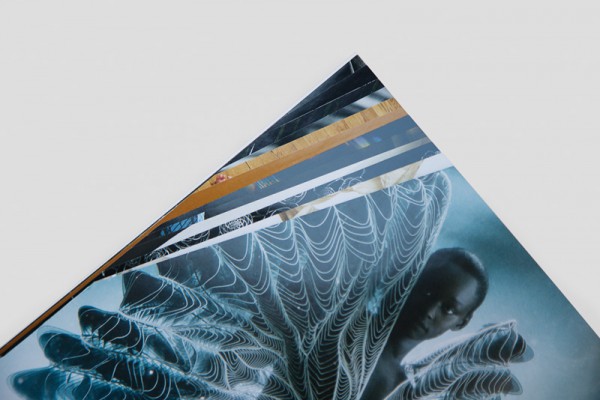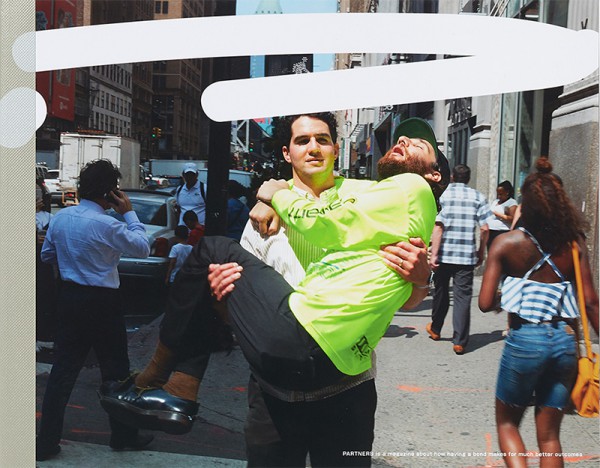Dear Friends,
yes, this one has taken us forever, but the good news is: we are finally ready to release mono.kultur #50 (50!) into the world. This being our Anniversary Edition, the issue features not one, but three (3!) intimate conversations with the wonderful US film director and designer Mike Mills, widely acclaimed for his tender and personal and allround heartwarming films and stories, capturing our daily dilemmas of human existence with lighthearted melancholy and a big heart.
Largely influenced by the US punk and skate culture, Mike Mills became first known as a graphic designer for the independent music scene, creating designs for the likes of the Beastie Boys, Sonic Youth, Beck, and Air, and nascent skateboard labels Supreme or X-girl. His work was defined less by style than a singular voice, that used graphic design as a platform for conflicting messages, subtle humor, and a profoundly human touch.
Given his penchant for personal stories, it comes as no surprise that Mills progressed via music videos and documentary projects into feature films, most notably ‘Beginners‘ (2010) and ‘20th Century Women‘ (2016), drawing from autobiographic elements of his childhood and parents’ histories to compose deeply intimate, layered, open-ended stories about the infinite vault of human emotion and confusion.
All of Mills’ talents and obsessions, however, culminate in his latest marvel of a film, ‘C’mon C’mon‘ (2021) starring Joaquin Phoenix, and largely based on Mills’ observations of what it means to raise a child in today’s world. Told in his signature blend of tenderness, melancholy, and style, it gently touches upon an entire palette of modern concerns, weaving our tiny troubles into the larger canvas of society and history.
In tune with Mills’ varied career and the personal tone of his work, this issue contains not one but three very personal conversations, all conducted by close friends and acquaintances of Mike Mills. Part I was conducted by Norwegian filmmaker Joachim Trier about directing personal stories within the larger history of film; Part II with Dutch design studio Experimental Jetset draws the line from Mills’ design work in the 1990s to his films today; while Part III with Canadian singer and pop star Feist explores the making of ‘C’mon C’mon’ up close and the creative process at large.
Graphically, these three conversations are presented in three separate booklets bound into one volume, which is simple and complicated, straightforward and complex all at the same time, and thus very much like Mills’ work, come to think of it.
Available as ever through our online store mono.konsum, or at the trusted book dealer of your choice very soon indeed.
Enjoy and all our best,
mono.kultur
–––
mono.kultur #50
MIKE MILLS: THE TENDER SPOT
“This is not what I was hoping for, this isn’t the magic I wanted.”
Autumn 2024 / English / 15 x 20 cm / 68 Pages / 3 Booklets bound into one Volume
Interviews by Joachim Trier / Experimental Jetset / Feist
Works by Mike Mills
Design by mono.studio
–––







